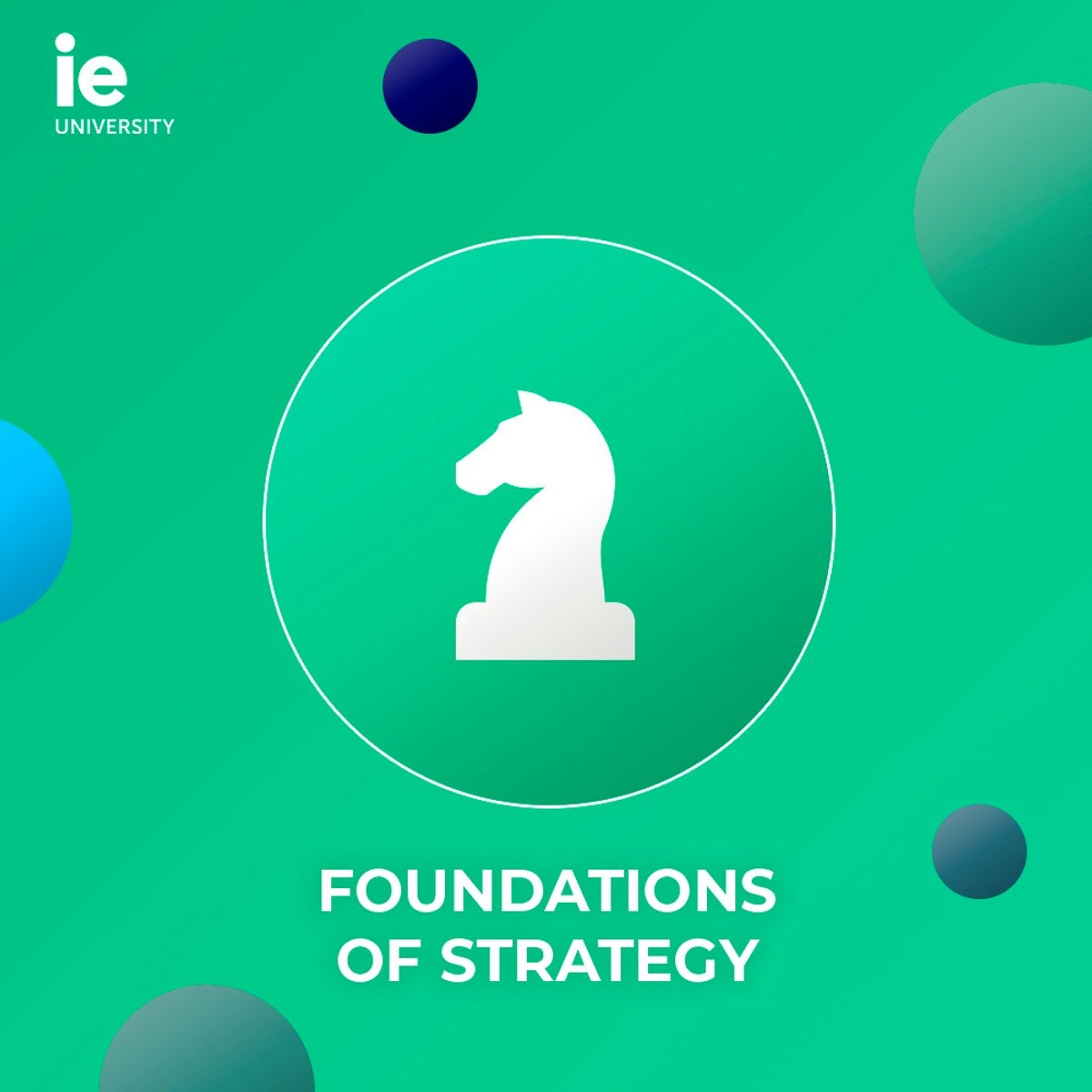Back to Courses









Business Essentials Courses - Page 27
Showing results 261-270 of 645

Completing the Accounting Cycle
Students prepare statements relevant to year end accounting processes synthesizing what they have learned in the previous two courses. Specific topics include adjusting entries, closing entries (with a focus on the adjustment to retained earnings), the preparation of an income statement, retained earnings statement, and a balance sheet, and the procedure for recording the four closing entries. Students will also learn how to prepare the post-closing trial balance.

Create a Glossary in Microsoft Word 365
Long and technical documents may need a glossary of terms at the end of the document to assist readers in understanding the terminology used. Microsoft Word 365 is a free program available online that can be used to create a high-quality, effective glossary.
Learners taking this project will walk through how to create a glossary in an easy-to-follow, step-by-step format. Starting with preparing a blank document or using a prepared example document, learners will then learn how to format the text in the glossary and how to write highly effective definitions. Next, learners will discover how to format the glossary in two different ways, paragraph and table formats.
By the end of this project, learners will be confident in creating and formatting a glossary of terms that they can easily add at the end of any document to inform and engage readers.

Create Charts and Dashboards Using Microsoft Excel
In this project, you will learn how to create charts in Microsoft Excel to analyze sales data of a sample company. You will learn how to create PivotTables to assess different aspects of the sales information, and represent the information from the tables as line, bar, and pie charts. When creating the charts, you will learn how to format them so they are easily interpreted and you will then assemble the charts in a dashboard to provide a global picture of the sales data.

How to leverage tweet ideas on Twitter
In this 1-hour long guided tutorial, you will learn how to leverage tweet ideas on Twitter.
Note: This tutorial works best for learners who are based in the North America region. We're currently working on providing the same experience in other regions.

Statistical Forecasting Techniques in Google Sheets
We consume forecasted data regularly in our personal and business lives, covering everything from the weather to projected investment returns. At work we use forecasted data for a multitude of purposes including developing strategies, budgets, and to provide the right amount of resources to meet demand. In this course, you will get your feet wet with statistical forecasting by designing, creating, and interpreting a growth forecast. You will do this as we work side-by-side in the free-to-use software Google Sheets.
By the end of this course, you will understand use cases for conducting forecasts in your workplace and be able to confidently conduct a growth forecast in any spreadsheet software. You will also understand when it is necessary to refine a model to improve the accuracy of forecasted projections.
Note: This course works best for learners who are based in the North America region. We’re currently working on providing the same experience in other regions.

Basics of Cost Accounting: Product Costing
The core of the first course is to learn how companies record total costs and calculate unit costs for their individual products or services. For example, how can a car manufacturer figure out the costs of an individual car series? During the first weeks, participants learn what costs are and how to distinguish them from expenses or cash flows. Participants will understand how companies record total costs and distinguish important cost types such as material costs, personnel costs, or depreciation. At the core of their cost-accounting system, companies allocate overhead costs to individual products. We show participants how to allocate the costs incurred to the company's products and introduce them to the most important methods and challenges of product costing.

Collaborative Foresight: How to Game the Future
You’ll never have a complete picture of what's possible in the future if you look at it from just one point of view. The best way to expand your vision? Engage as many people as you can, and “game out” the possibilities together.
In this course, you’ll learn how to use collaborative gaming techniques to go beyond your own thinking and see many, many different sides of the same future. Over the past decade, the Institute for the Future has pioneered new methods in “massively-multiplayer foresight.” You’ll learn how to adapt these methods to get diverse, surprising views of what’s possible, build your empathy for other people’s futures, and reduce your risk of being “blindsided” by the future.
This course features content from the Ethical Operating System, a tool created by the Institute in collaboration with Omidyar Networks’ Tech and Society Lab. It’s designed to help technology companies anticipate risks and prevent unwanted consequences of the things they build. Whether or not you work in tech, the Ethical Operating System will give you the chance to participate right now in an urgent future forecasting game. The stakes of the game are the future of truth, privacy, democracy, security, and our collective well-being. It’s a unique opportunity to join creative and strategic forces with people who are making the tech that’s inventing the future, and with fellow futures thinkers like you.
Many thanks to the Enlight Foundation and the Enlight Collaborative, which provided a grant to support the creation of this course.

Entrepreneurship 1: Developing the Opportunity
How does a good idea become a viable business opportunity? What is entrepreneurship and who fits the profile of an entrepreneur? This introductory course is designed to introduce you to the foundational concepts of entrepreneurship, including the definition of entrepreneurship, the profile of the entrepreneur, the difference between entrepreneurship and entrepreneurial management, and the role of venture creation in society. You’ll explore where technology entrepreneurship and impact entrepreneurship align and where they diverge, and you’ll learn proven techniques for identifying the opportunity, assessing the opportunity, hypothesis testing and creating a prototype.
By the end of this course, you’ll know how to test, validate and prototype your idea, and also whether or not you fit the profile of an entrepreneur! You’ll also be ready to move on to the next phase of entrepreneurship in Entrepreneurship 2: Launching the Start-Up.

Create an E-book Cover Using Canva
In this 1-hour long project-based course, you will learn to create an E-book cover using Canva. We will use Canva platform to create ebook covers using different built-in templates from Canva and also from the scratch. This course includes Canva introduction, Exploration of Canva Dashboard , Creation of ebook covers using built-in templates and creation of ebook covers from scratch as well.
By the end of this project, you will be able to create amazing covers for your ebook using the built-in template as well as from the scratch using the Canva Platform.
Note: This course works best for learners who are based in the North America region. We’re currently working on providing the same experience in other regions.

Foundations of Strategy
Strategy is a complex field and intrinsically related to economics. In this first week of this course you will learn the basic logic of how firms and markets function by using economic logic from a distinctly strategic perspective.
The economic logics discussed in the first week have shaped the field of strategic analysis from very early on. Porter’s Five Forces – probably the most well-known strategic analysis tool – directly builds on the notion of market structures and helps us to get a deeper understand of how the competitive environment affects the ability of firms to generate true economic profits. In this week, we´ll look at how Porter's Five Forces are related to market structures, economies of scale, and begin to touch on how firms leverage these to create competitive advantage.
Week three, we will move away from exclusively considering the external structure of an industry as the source of competitive advantage and instead focus our view on the internal resources and capabilities within firms – and the associated “resource based view” to look at how internal resources and capabilities play out in competitive situations.
Looking through the lens of the five forces at the industry, or through that of the resource-based view at firm internal resources and capabilities, feels a bit like swings of a pendulum – and, indeed, strategic theory and practice over the last decades has veered from a near-exclusive focus on the environment to being entranced by firms’ core capabilities. However, to get the full picture of where your firm stands (and where it and its industry may move) requires us to consider both of these perspectives! In this final week we will work on this crucial integration by building our understanding of what a competitive advantage truly is – and what distinct forms it can take.
This Course is primarily aimed at Coursera learners interested in exploring an IE Masters program and at professionals interested in building their business skills.
Popular Internships and Jobs by Categories
Find Jobs & Internships
Browse
© 2024 BoostGrad | All rights reserved